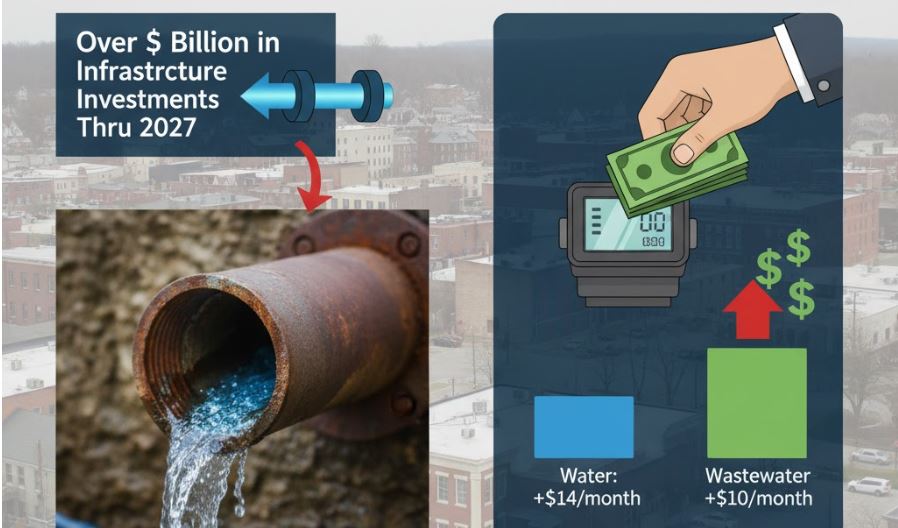PENNSYLVANIA - Pennsylvania's top 3 poorest cities have the highest poverty rate in the state. These areas, including Johnstown, Duquesne, and Reading, struggle economically while the rest of the state's economy improves. The high poverty rates in these cities and others across the county have had a profound impact on the communities and are influenced by various factors.
Historically, these cities were known for their thriving manufacturing industries. However, these industries have declined or relocated over time, resulting in a lack of job opportunities for residents. The structural inequalities in these areas further contribute to the perpetuation of poverty, with limited access to quality education and healthcare.
Residents in the most impoverished areas often face significant barriers to quality education. Schools lack resources and support systems, limiting children's future job prospects. Limited access to healthcare also exists, with many low-income residents unable to afford insurance or receive proper medical attention, leading to untreated illnesses and chronic conditions.
The scarcity of well-paying jobs is another primary concern in these cities, as they lack diverse industries. Residents are often forced to take on low-wage jobs or work multiple part-time positions to make ends meet. Government policies have also played a role in perpetuating poverty, favoring more giant corporations and neglecting local businesses and industries. However, recent efforts from the government to revitalize these cities and attract new businesses provide hope for future job opportunities.
Community support systems, such as food banks, shelters, job training programs, and educational scholarships, are vital in helping residents combat poverty. Addressing the high poverty rates requires comprehensive solutions, including job creation, education reform, improving access to healthcare and social services, and diversifying the local economy.
Residents and community leaders should be involved in developing effective solutions as they understand the challenges faced by the community. Acknowledging their efforts and incorporating their insights into plans to address poverty is crucial. By addressing structural inequalities, enhancing job opportunities, and implementing supportive government policies, these cities can work towards alleviating poverty and improving the lives of their residents. Achieving positive change requires dedication and collaboration from all stakeholders.











